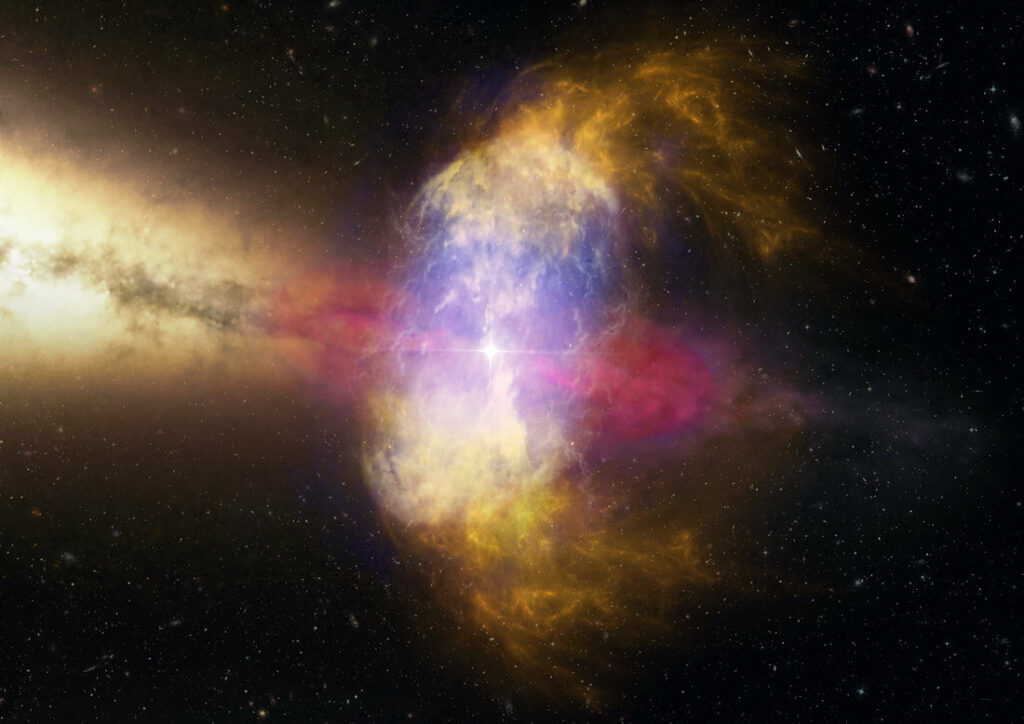Scorching Celestial Bodies in the Cosmos: Uncommon Perspectives on Stellar Evolution.
What happens if a supernova explosion goes off right beside another star? The star swells up which scientists predict as a frequent occurrence in the universe. Supernova explosions are the dramatic deaths of massive stars that are about eight times heavier than the sun.
Most of these massive stars are found in binary systems, where two stars closely orbit each other, so many supernovae occur in binaries. The presence of a companion star can also greatly influence how stars evolve and explode. For this reason, astronomers have long been searching for companion stars after supernovae— a handful have been discovered over the past few decades and some were found to have unusually low temperatures.
When a star explodes in a binary system, the debris from the explosion violently strikes the companion star. Usually, there’s not enough energy to damage the whole star, but it heats up the star’s surface instead. The heat then causes the star to swell up, like having a huge burn blister on your skin. This star blister can be 10 to 100 times larger than the star itself.

The swollen star appears very bright and cool, which might explain why some discovered companion stars had low temperatures. Its inflated state only lasts for an ‘astronomically’ short while—after a few years or decades, the blister can “heal” and the star shrinks back to its original form.
In their recently published study by a team of scientists led by OzGrav postdoctoral researcher Dr. Ryosuke Hirai (Monash University), the team carried out hundreds of computer simulations to investigate how companion stars inflate, or swell up, depending on its interaction with a nearby supernova. It was found that the luminosity of inflated stars is only correlated to its mass and doesn’t depend on the strength of the interaction with supernova. The duration of the swelling is also longer when the two stars are closer in distance.
“We applied our results to a supernova called SN2006jc, which has a companion star with a low-temperature. If this is in fact an inflated star as we believe, we expect it should rapidly shrink in the next few years,” explains Hirai
The number of companion stars detected after supernovae are steadily growing over the years. If scientists can observe an inflated companion star and its contraction, these data correlations can measure the properties of the binary system before the explosion—these insights are extremely rare and important for understanding how massive stars evolve.
“We think it’s important to not only find companion stars after supernovae, but to monitor them for a few years to decades to see if it shrinks back,” says Hirai.
This article is republished from PhysORG under a Creative Commons license. Read the original article.
Do not forget to share your opinion with us to provide you with the best posts !




0 Comments